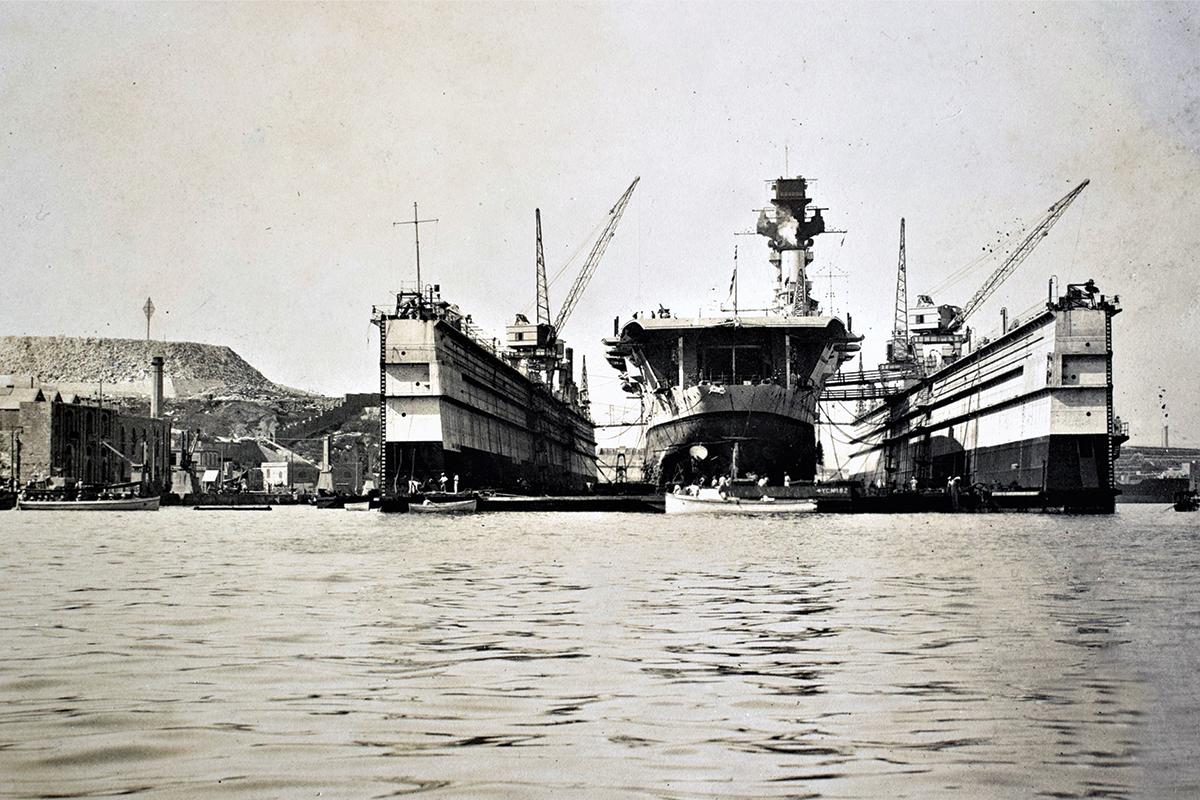Though geographically and historically at the very centre of Maltese life, the Three Cities developed a personality quite distinct from the hinterland. In character, in linguistics, in attitudes.
Today, an overload of communications has turned into the great leveller and the discriminants are far less glaring. In my early days, a common generalisation was that the inhabitants of Cottonera were genetically braggarts – “fanfarun daqs tan-naħa l-oħra”.
Maybe that was unfair but there must have been something to it: they identified their cities with extravagantly fulsome names, Birgu, the Victorious, Bormla, the Conspicuous and Senglea, the royal enclave – if it is true that Isla does not refer to island but is a corruption of l’Isle, a favoured city exempted from taxation by royal benevolence.
Idiosyncratic by vocabulary and pronunciation too. While the rest of Malta says antiporta for inner door, in Cottonera it is boxxla. The rest have vit for faucet, they have pomp. We say ingravata for tie, they say xalpa. And upright is not wieqaf or dritt but arbulat.
They also have a lovely pronunciation for ċ, k and q. A friend from Cottonera who also suffered from a lisp once belted out Rużar Briffa’s patriotic verses: U l-qotra kamet f’dakka, u għajtet Jien Maltija!/Misqin min iqasbarni, misqin min jidħaq bija!
I loved him all the more for that.
This is the final part of a three-part series. See part one and part two.
 The aircraft carrier HMS Hermes in the floating dock, the Dockyard, 1930s. Photo: Giovanni Attard Rigaud
The aircraft carrier HMS Hermes in the floating dock, the Dockyard, 1930s. Photo: Giovanni Attard Rigaud The Polverista Barracks, in Cospicua, 1910s.
The Polverista Barracks, in Cospicua, 1910s. Cospicua waterfront in the 1910s.
Cospicua waterfront in the 1910s. Vittoriosa on a feast day, 1920s.
Vittoriosa on a feast day, 1920s. Victory Square, Vittoriosa,1920s.
Victory Square, Vittoriosa,1920s. The church of the Annunciation, in Vittoriosa, badly damaged by enemy action in World War II. Photo: Alfred Vella Gera
The church of the Annunciation, in Vittoriosa, badly damaged by enemy action in World War II. Photo: Alfred Vella Gera A view of Strada Vittoria, in Senglea on a feast day, 1910s.
A view of Strada Vittoria, in Senglea on a feast day, 1910s. The great popular festivities for the coronation of the Bambina, in Senglea, on September 4, 1921. All images form part of the author’s collection.
The great popular festivities for the coronation of the Bambina, in Senglea, on September 4, 1921. All images form part of the author’s collection.